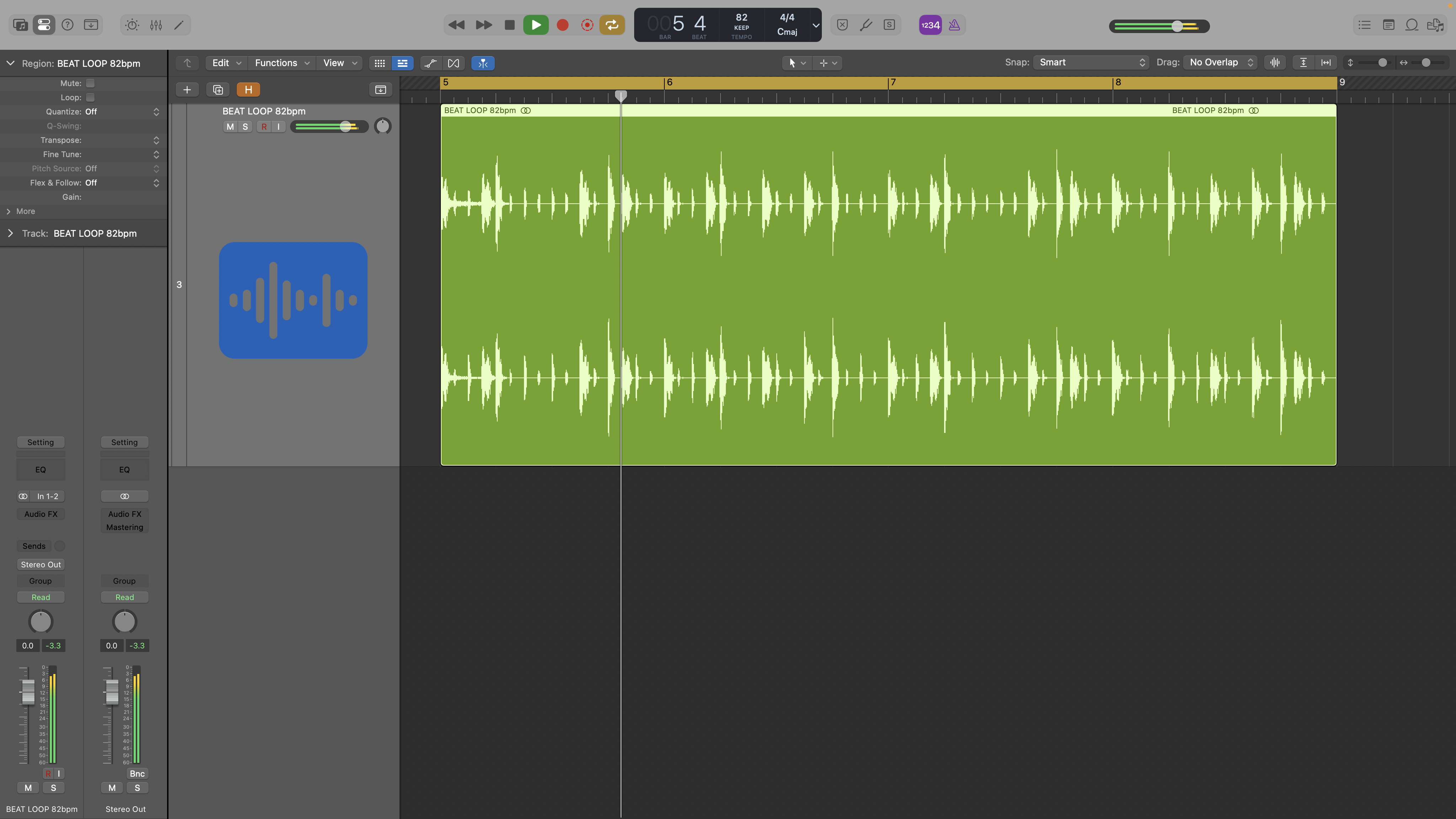Ditch the loops and build your own trip-hop beat
If you’re after crispness and definition, processing loops has its limitations

Trip-hop is a style that’s highly dependent on its laid back feel and this is often achieved using slowed down sampled loops and breaks. Building your track from loops is definitely a valid approach, and for beats this makes chopping up and rearranging things quick and fun.
However, if you’re after a particular sound or simply have a specific rhythm in mind, loops can also become restrictive. What’s more, if you’re after crispness and definition, processing loops also has its limitations. Here we’re going to look at a hybrid approach to trip-hop beats that provides the best of both worlds.
Building your own trip-hop beats

1. It’s perfectly possible to build a trip-hop beat loop from scratch, but there’s often something about the feel of a sampled or pre-prepared loop that defines the feel of the track. Here we’re going to use a sample beat loop (82 bpm) as a starting point and then gradually bolster and enhance it to get the outcome we want.

2. The loop we are using is a 4 bar stock DAW loop, and the first thing we’re going to do is actually chop it up a bit. We only want the second half as the kick pattern is better, so we’ve copied that round. We’ve also extended our cycle to 8 bars, which allows us to build in a bit more variation.

3. On the subject of variation we’ve created two different endings for the ends of bars 4 and 8 (highlighted). This is pretty straightforward and just involves duplicating sections or beats from elsewhere in the loop to create the part you want.

4. We chose the loop because the feel is good, but it lacks punch, and this is particularly down to the lacklustre kick. So the next thing to do is source a kick to either bolster or replace the one in the loop. We’ve loaded up a suitable MIDI instrument and preset.

5. You can program the MIDI manually to match the kicks in the loop audio, but many DAWs offer ways to create MIDI data from the audio. Here we’ve used such a feature and once we’ve moved the relevant notes to the correct pitch and tweaked a couple of notes we have a MIDI part that matches our original loop.

6. To make our additional kick fit with the original loop we’re using an EQ to remove some of the low frequencies. To finesse the sound of the kick we can also add some processing. We’ve used both the instrument saturation effect and a tape emulation plugin, which combine to add just the right type of saturation.
Want all the hottest music and gear news, reviews, deals, features and more, direct to your inbox? Sign up here.

7. Next up we want to enhance the top kit. The loop has tight-sounding hats playing 16ths and we want to add a loose-sounding shaker doing a similar thing. First step is to create a part playing the 16ths shaker. You can see we’ve used velocities to add some feel but the part is quantized to 16ths.

8. To make this lock with the original loop it needs to match its feel. Many DAWs will analyse the feel of an audio loop, creating some form of quantizing template which you can then apply to your MIDI. Here we’ve used Logic Pro’s groove template feature and applying this at 100% shifts the shaker part tight to the loop.

9. There are various ways we can tweak the sound of the shaker loop, and here rather than using EQ we’re using some convolution processing. The impulse is from a small speaker, and creates a wonderful lo-fi effect. If you do this make sure to remove the dry sound from the output blend.

10. Finally, in-keeping with trip hop’s dub influences, percussive spot effects are great for enhancing beats particularly when combined with dark delay or reverb. Here we’ve used a small sharp percussive sound and paired it with a long dark reverb with roughly 4 second decay. To finish up we’ve positioned it so that it happens once every 8 bars. A completely fresh vibe, ready to underpin your trip-hop track!
Jon is a London based platinum award winning mixer, producer, composer and club remixer with a diverse CV that spans dance, pop, rock and music for media. He’s also a long term contributor to MusicRadar's music technology tutorials and reviews. Whether working alone or collaborating he usually handles final mixdowns, so you’ll also find MusicRadar peppered with his handy mixing tips.
